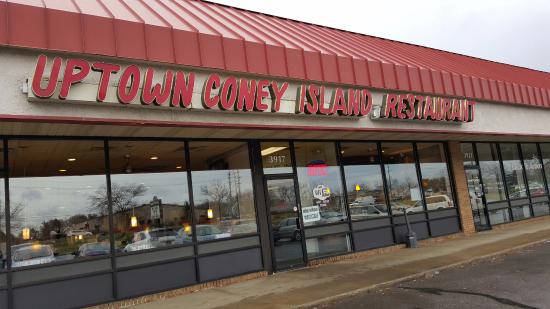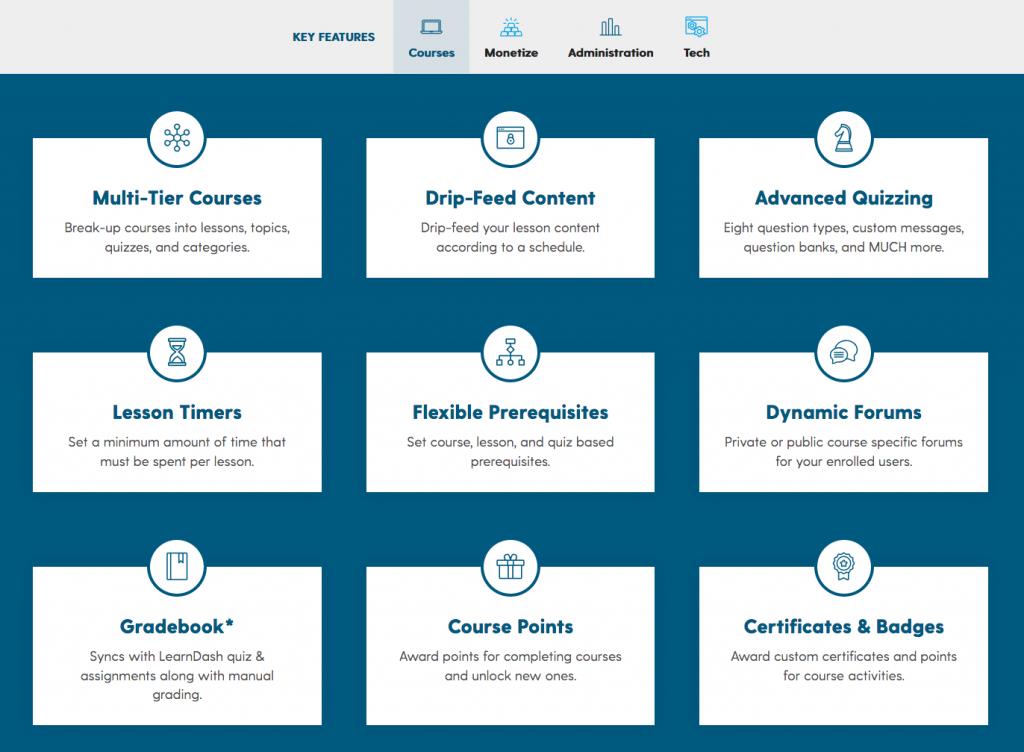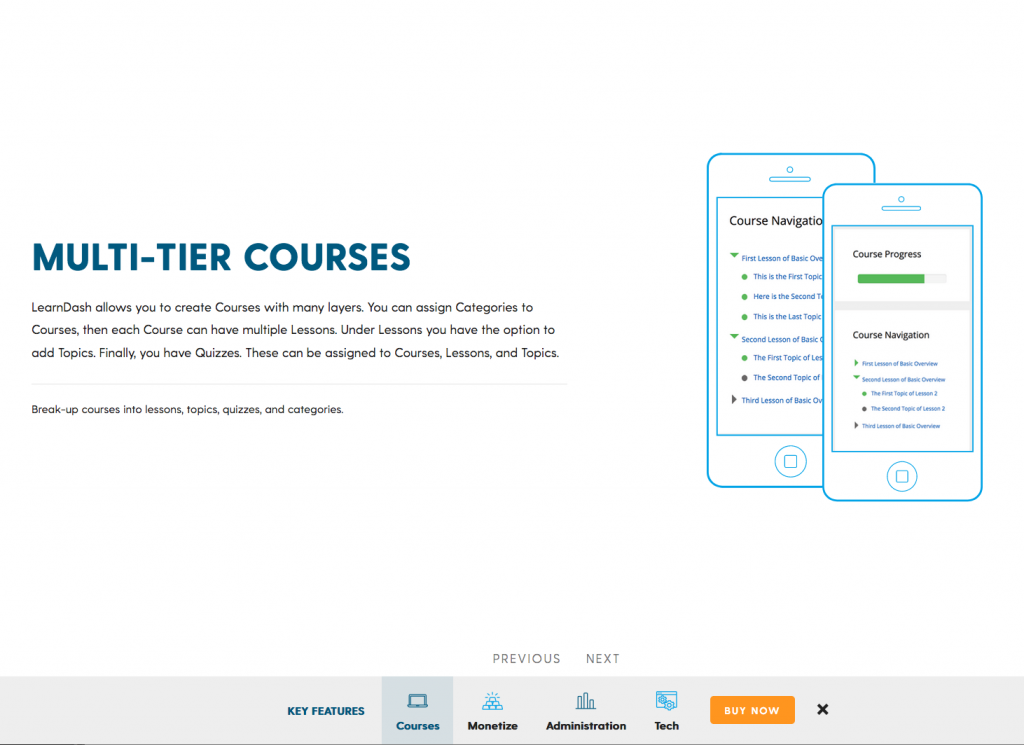- Web Design
- WordPress
- Updated 01/31/2025
WordPress Themes: Custom Development or Existing Premium Theme
With an ample amount of premium WordPress themes available you might question the need to have a custom theme designed and built for you. While there are some great WordPress themes available, a custom designed and built theme has numerous advantages.
Ducks and Decorated Sheds
A few years ago I attended a user-experience talk by Dan Klyne of The Understanding Group where he talked about an architectural concept called “Ducks and Decorated Sheds” by authors Robert Venturi, Denise Scott Brown, and Steven Izenour.
Simply put, the architects looked at two different options for building usage–a completely custom building (ducks) or reusing an existing structure (decorated shed) to fit your business. “Duck” refers to the Big Duck building in Long Island which was originally constructed to sell ducks and duck eggs. The building is literally shaped like a duck and very explicitly communicates its merchandise.

Decorated sheds are generic structures that need signs and decoration to denote their purpose. For example, restaurants in a strip mall or big box stores.

This analogy very much applies to the custom vs. existing theme question. There are times when having a theme designed and built completely around the needs of your organization makes sense (duck). There are other times where selecting an existing theme makes sense (decorated shed).
Let’s explore the benefits of going custom.
Why Go Custom (Duck)
Two reasons a company might not choose a custom website are time and money. Starting from scratch takes more time and a larger budget. If you have an immediate need and/or very limited finances then a custom site is understandably not the most inviting option. There are, from our experience, many reasons to opt for the custom site though.
Your Organization is Unique. Your Website Should Be, Too.
We’ve been designing websites for twenty years and have yet to work on a project where the best approach is reusing the design from another site. Businesses and organizations are all unique, and the nuances of their brands cannot be accommodated by the options a theme author has included in a product they hope to sell over and over.
Simply put, you don’t want your site to look like the unrelated website a user recently visited. Or even worse a competitor’s site. Differentiation is one of the foundations of effective marketing. The website is often the most important collateral an organization has and can measure, therefore, there is value in the tailor-made appearance.
While you could argue there are flexible “blank canvas” themes, you are still limited to what options the theme author felt had mass appeal. If you want to break outside those limitations you need custom code which takes time and money reducing the benefits of using an existing theme.
Less Bloat
Most themes are designed to accommodate a wide range of situations and needs. This is where the largest market lies. To do so, theme authors need to provide sometimes hundreds of different configuration options to give users enough control. While this allows more functionality it often leads to bloated code. Each visual variation requires code to implement and typically all of the styling code gets loaded on the page even if it’s not in use.
This means slower load times, and every millisecond can count. Amazon found that every 100ms in latency cost them 1% in sales. Further, Google looks at page load time as a ranking factor, so speed can impact SEO as well.
Unique Functionality Needs
We often work on projects where there isn’t an off-the-shelf solution to a functionality requirement. By custom developing this it we can ensure all aspects of the functionality are a perfect fit for both the people using and administrating it.
For example we’ve previously developed document management systems. Administrators can upload, categorize, and tag documents that are then searchable on the website. By custom developing this functionality we ensured the administration process matched the organizations internal processes and the user interface matched the users mental model.
The result is more effective than using an off the shelf plugin to same effect.
Better Administration Experience
Managing web content can be difficult even with WordPress. “Experience Rot” is a term that describes the erosion of user experience caused by excessive increase in features. I previously mentioned that many off-the-shelf themes have dozens if not hundreds of different options. This is an example of experience rot as with each additional option the site becomes more difficult to administer.
Each option is one more thing an administrator must learn exists, find and decide how to set. Options give control and flexibility but at a cost. When developing a custom theme you can ensure the only options site managers have are the ones they need.
Further, by custom developing a theme we can ensure the admin matches how our clients think about and approach the content.
Using an existing theme an employee bio is often a generic “module” that’s manually placed into a page. Every time the user needs to add or remove a bio they have to remember what pages they are showing on, what module to use, what information is included, and in what order.
With custom development we’re able to define an “employee” content type. That content type has predefined fields for each piece of employee information, such as title, department, email, bio, etc…
In this scenario someone managing the site simply needs to add a new employee and fill in the appropriate fields. The website then automatically pulls the data into the appropriate place and formats it in a consistent manor.
More Effective
Ultimately your website exists to serve a purpose. You want something out of it. Maybe it’s brand awareness. Maybe it’s direct sales. Maybe it’s leads or even donations. If you’re committed to getting the most out of your website then you don’t want to put unnecessary limitations on the outcomes.
Take, for example, the LearnDash features page. They designed a unique way to easily skim features and learn about them in detail. This approach is unique to their needs and therefore you wouldn’t find it in an existing theme. They have found it more effective than the traditional listing of features with links to feature-specific pages.


Accessibility
The U.S. Cencus estimates that approximately 19% of the population has an accessibility challenge. That means two out of every ten people who come to your site might have trouble accessing the content if it’s not accessible. It’s easy to dismiss accessibility assuming that disabled users are not your target market, but you’re likely mistaken. Here are common accessibility challenges you might not have considered:
- Poor vision
- Color blindness (8% of men have color blindness)
- Cognitive impairment
- Motor skill impairments (cannot easily use a mouse)
- Slow internet connection
- Outdated technology
It’s in a theme author’s best interest to focus his/her attention on what will sell licenses. Accessibility while important is not sexy and is rarely considered as a requirement for a theme. So accessibility often takes a back seat to features that demo well.
With custom themes you’re designing and developing for a single use case making it much easier to build accessible websites. Instead of ensuring each feature and option is accessible you’re just testing and fixes accessibility issues for a single use case.
Why Go Existing Theme (Decorated Shed)
It’s probably clear I recommend a custom theme when possible. That said, it doesn’t always makes sense. Sometimes a custom theme is overkill. In some situations why reinvent the wheel if an existing theme fits your needs? Let’s talk about the instances where an existing template theme makes sense.
Maintainability
When you use a reputable existing theme maintenance costs are spreadout across the entire userbase. That means the theme shop can gather feedback, make improvments and fix bugs at a tiny fraction of the cost compared to a custom theme. Developer rates can range from $75 – $300 an hour where a theme subscription is $75 – $300 a year.
Speed to Market
Developing a custom theme correctly is time consuming. If you don’t have time then a custom theme isn’t a good option. We have in several instances quickly stood up a site using an existing theme to get something online while we worked on a more robust version to replace it later.
Cost
Developing a custom theme correctly is also expensive. Start-ups and business that don’t rely on digital visibility don’t need to invest five figures into a custom website when a few thousand dollars on a simple theme will fit their needs.
Functionality Needs
There are many premium themes that are built around a central piece of functionality. There are themes built for vendor marketplaces, classified sites, job boards, event management, etc… If your needs are flexible enough you may find these themes provide the functionality you need without having to spend thousands of dollars getting it custom built.
DIY Ability
If you’re a DIYer then an existing theme will give you a lot more control than most custom themes. Further, most theme providers offer quality support for a year to help you tweak the theme to fit your needs. This can be a lot more economical than paying a freelancer or agency every time you’d like to make a change.
Conclusion
Like many things in life there is no single right answer. There are situations where a Duck (custom developed theme) is the best fit and others where a Decorated Shed (existing premium theme) makes more sense. There are pros and cons to both. It’s worth putting the time and attention into figuring out which approach best fits your project.